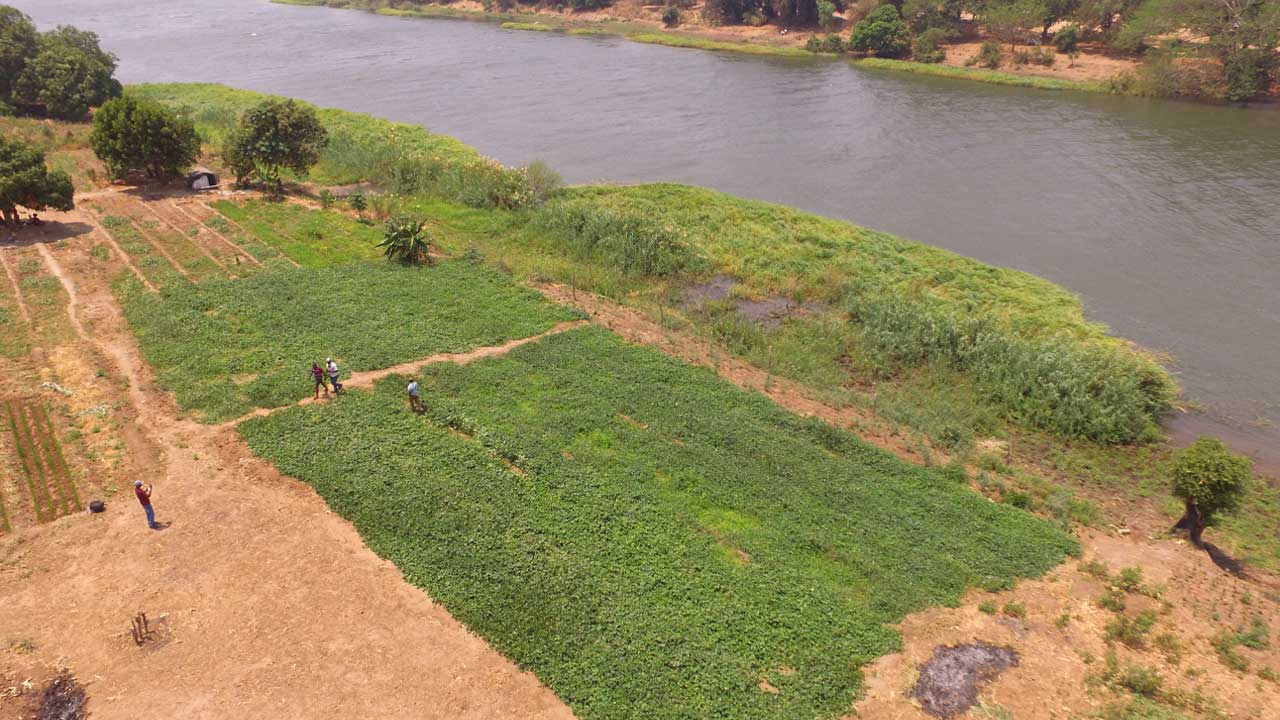
Forage production is an essential aspect of livestock farming, providing feed for livestock and contributing to sustainable agriculture. The quality and quantity of forage crops depend on various factors, including fertilizer application and cutting intervals. In this study, researchers evaluated the effects of these factors on the forage production and nutritive value of Panicum maximum and Andropogon gayanus in Botswana.
Step 1: Identify the research objective The objective of this study was to determine the effect of fertilizer application and cutting intervals on forage production and the nutritive value of Panicum maximum and Andropogon gayanus.
Step 2: Select the study area and materials The study was conducted in the field at the Botswana University of Agriculture and Natural Resources (BUAN) in Gaborone. The materials used in the study were Panicum maximum and Andropogon gayanus.
Step 3: Design and implement the experiment The researchers used a randomized complete block design (RCBD) with three replicates. The treatments were a combination of three fertilizer rates (0, 50, and 100 kg N/ha/year) and three cutting intervals (4, 8, and 12 weeks). The plots were 4 m x 4 m in size, and the crops were planted in rows with a spacing of 0.5 m.
Step 4: Monitor and measure forage production Forage production was monitored by measuring the dry matter yield (DMY) of each plot at each cutting interval. The DMY was determined by harvesting a 1 m x 1 m area in each plot, and drying the harvested material in an oven at 65°C until a constant weight was achieved.
Step 5: Analyze the data The data collected on forage production was analyzed using analysis of variance (ANOVA) to determine the effects of fertilizer application and cutting intervals on DMY. The data on the nutritive value of the forage crops, including crude protein (CP), acid detergent fiber (ADF), neutral detergent fiber (NDF), and in vitro dry matter digestibility (IVDMD), were analyzed using descriptive statistics.
Step 6: Interpret the results The results showed that fertilizer application significantly increased DMY in both Panicum maximum and Andropogon gayanus. The highest DMY was obtained with the application of 100 kg N/ha/year. Cutting interval also significantly affected DMY, with the highest DMY obtained at the 4-week interval.
The study also showed that fertilizer application had a significant effect on the nutritive value of the forage crops, with the highest CP and IVDMD obtained with the application of 100 kg N/ha/year. Cutting interval did not significantly affect the nutritive value of the forage crops.
Step 7: Draw conclusions and make recommendations The study concludes that fertilizer application and cutting intervals significantly affect forage production and nutritive value of Panicum maximum and Andropogon gayanus in Botswana. The study recommends that farmers use 100 kg N/ha/year and a 4-week cutting interval to maximize forage production and nutritive value.
Reference:
Nsoso, L. O. E., Shadreck, T. N., & Mojeremane, M. O. (2017). Forage production and nutritive value of Panicum maximum and Andropogon gayanus as affected by fertilizer and cutting intervals in Botswana. Tropical Grasslands-Forrajes Tropicales, 5(1), 20-29


















